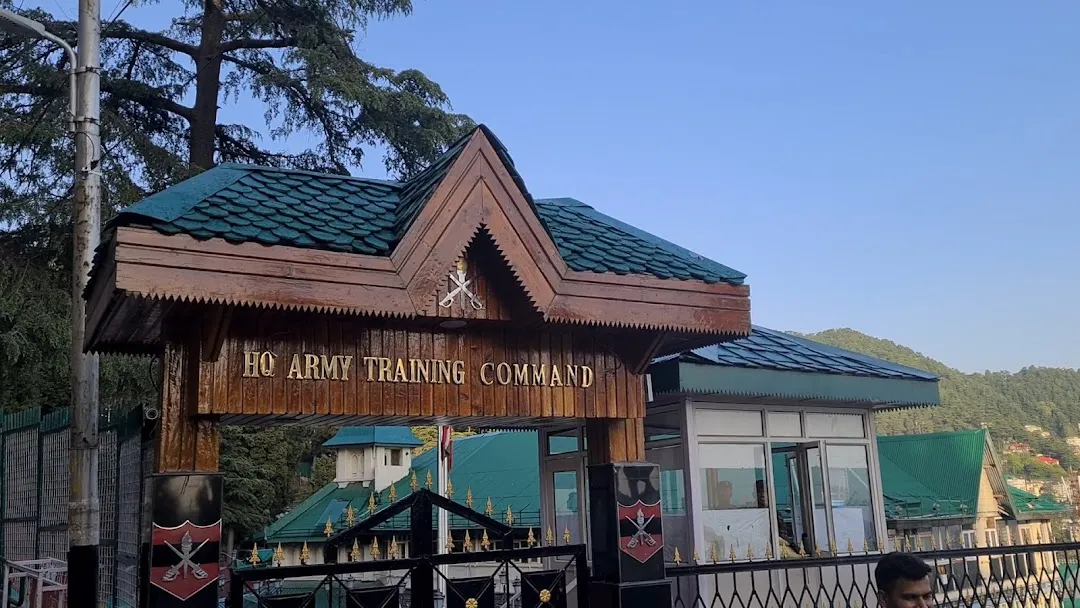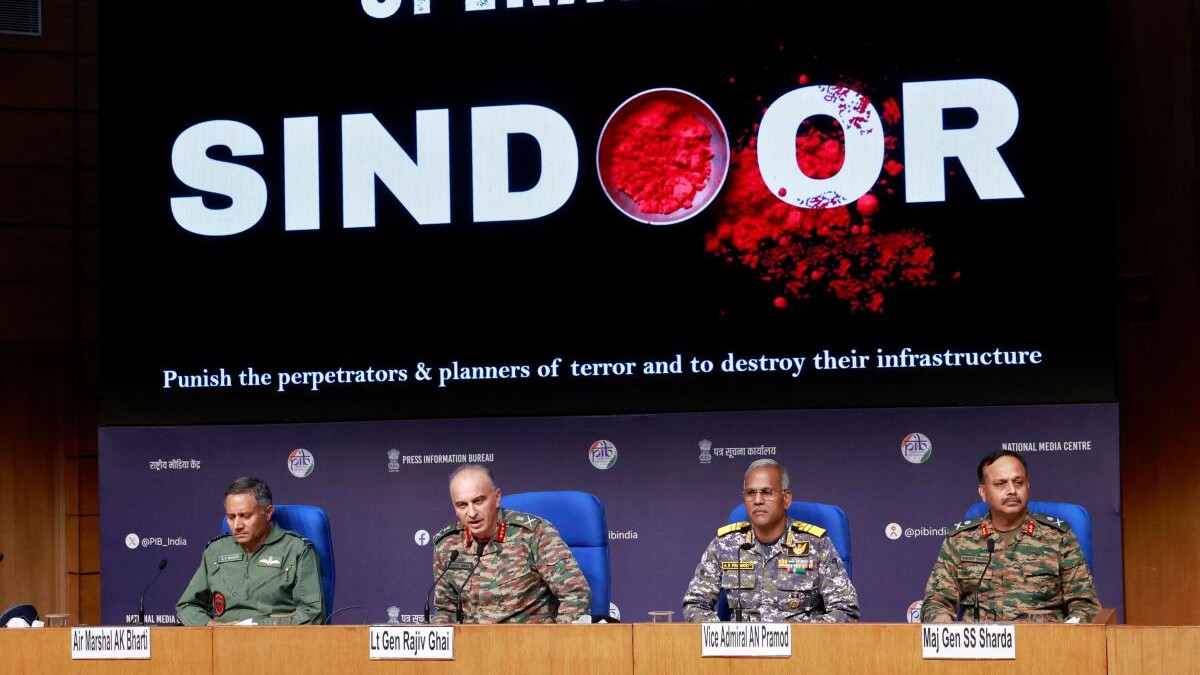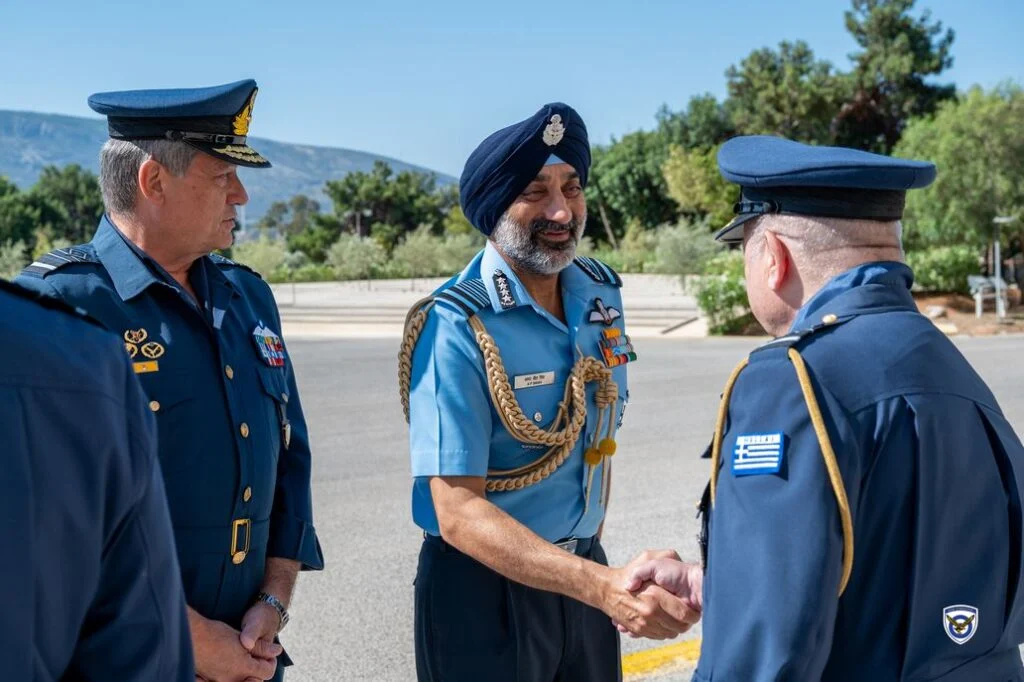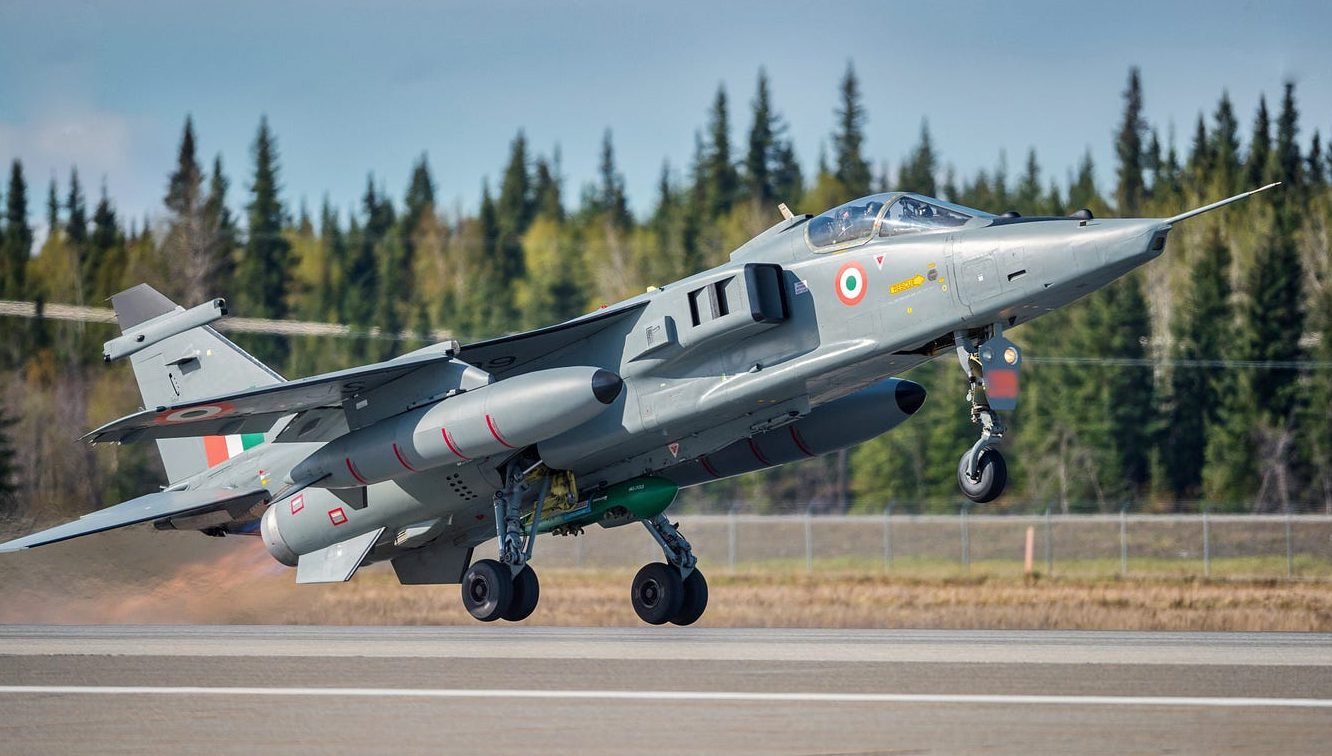Army Training Command Investiture Ceremony to Be Held in Shimla on July 3
The Army Training Command (ARTRAC) has announced that its annual Investiture Ceremony will take place on July 3, 2025, in…
Post Operation Sindoor, India to Fast-Track Launch of 52 Defence Surveillance Satellites
Following the operational lessons from the May 2025 Operation Sindoor, India is accelerating the launch of 52 dedicated defence surveillance…
India Air Force Chief Weighs Greek Offer of 15 Mirage-2000-5 Jets Amid Concerns Over Cost and Compatibility
During an official visit to Greece from June 23 to 25, Air Chief Marshal Amar Preet Singh, Chief of the…
Reliance Infra Signs ₹20,000 Crore Pact with US Firm for Defence Jet and Helicopter Maintenance
Reliance Defence Limited, a subsidiary of Reliance Infrastructure, has entered into a strategic partnership with US-based Coastal Mechanics Inc. to…
Three Pakistani Army Brigadiers Visit Bangladesh’s Ramu Cantonment
As per Northeast News, an Emirates flight (No. 586) landed at Dhaka’s Shah Jala International Airport. Three well-dressed bearded men…
“China Gives Pakistan These Systems So They Can Be Tested”: Lt Gen Khandare
At the recent CNN-News18 Defence Townhall and as reported by IDRW, Lieutenant General Vinod G Khandare (Retd.), former Principal Adviser…






